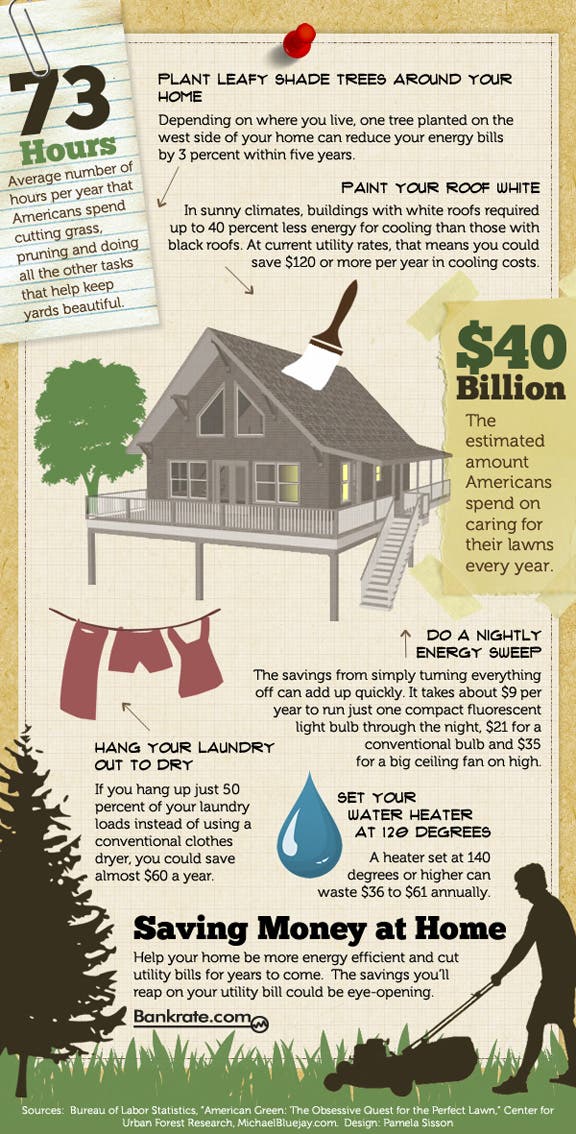Recognize Crucial Signals That May Recommend Your Tree Is Dangerous; Comprehending These Can Assist Make Sure The Security Of Your Residential Property And Liked Ones.What Should You Observe Following?
Recognize Crucial Signals That May Recommend Your Tree Is Dangerous; Comprehending These Can Assist Make Sure The Security Of Your Residential Property And Liked Ones.What Should You Observe Following?
Blog Article
Content By-Harper Butcher
When it involves tree care, acknowledging the indications that it's time for removal is essential for your safety and building. You may see blemished fallen leaves, wilting branches, or odd fungal developments suggesting illness. Architectural issues, like a significant lean or cracks in the trunk, can likewise position risks. Understanding these warning signs can help you make educated choices regarding your trees and stop potential hazards prowling in your lawn. What should you look for following?
Indicators of Degeneration and Condition
When you discover indications of decay and disease in your trees, it's critical to act rapidly. Try to find stained leaves, wilting branches, or unusual growths like fungus. These can show that your tree is struggling.
If you see fractures in the bark or soft, mushy wood, these signs and symptoms recommend interior degeneration. Furthermore, a sudden boost in bugs around your tree can signal that it's compromised and vulnerable.
Look for visit the next web site or passing away arm or legs, as they present a risk to your home and security. If you doubt concerning what you see, seeking advice from an arborist can supply clearness.
Addressing these signs early can conserve you from more substantial damage and make sure the health and wellness of your lawn. Don't wait until it's far too late.
Structural Instability and Leaning
As you observe your trees, watch out for any type of signs of architectural instability or leaning. If a tree leans significantly, it may show that the root system is jeopardized.
Try to find any kind of fractures in the trunk or soil around the base; these can signal possible failing. Furthermore, look for uncommon growth patterns, like a lopsided crown, which may recommend that the tree is struggling to hold itself upright.
If you discover that the tree leans toward your home, power lines, or other structures, it positions a greater danger. Do not neglect these indications-- speak with an arborist to evaluate the scenario.
Taking action early can protect against expensive damage and guarantee your safety and security.
Dead or Dying Branches and Foliage
If you observe dead or passing away branches and vegetation on your tree, it's a clear indication that something's incorrect.
These harmful areas can indicate underlying problems like disease, bug invasions, or ecological stress and anxiety. When branches shed their fallen leaves or turn brownish, they're no longer contributing to the tree's health and wellness. Overlooking these indications can lead to additional decrease, making your tree more hazardous.
Dead branches can quickly break short during tornados, posturing a risk to residential property and people close by. It's crucial to examine the extent of the damage.
If the trouble affects a significant part of the tree, think about getting in touch with a professional. They can aid figure out if removal is needed to ensure safety and keep the charm of your landscape.
Conclusion
If you discover any kind of indications of degeneration, structural instability, or dead branches on your trees, do not disregard them. These indications can pose serious security risks to you and your property. visit the up coming website 's always best to get in touch with a professional arborist that can give a professional assessment of your trees. Taking action early can avoid mishaps and costly damage, guaranteeing your landscape continues to be risk-free and healthy and balanced. Bear in mind, it's better to be aggressive about tree treatment than to await a calamity to happen.
